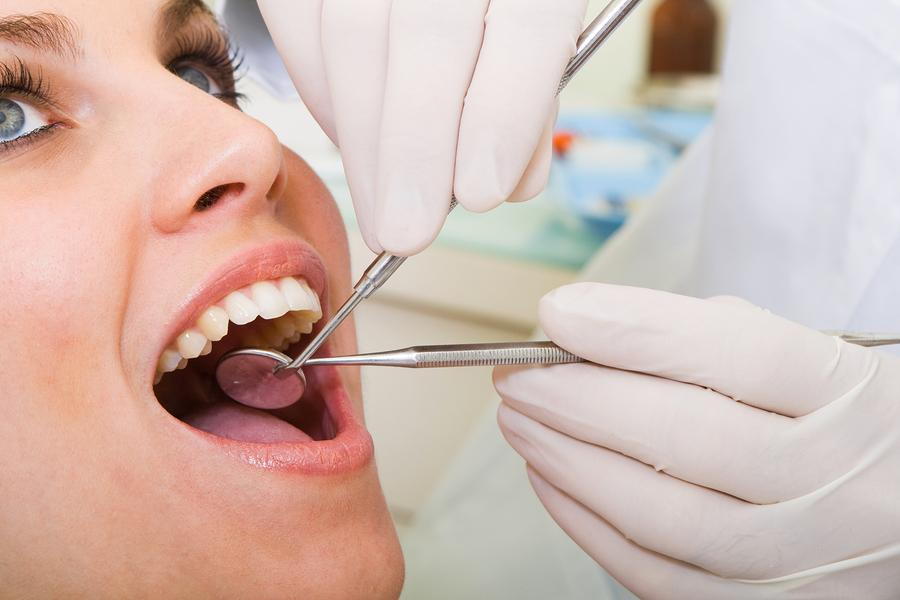Porcelain Veneers Washington DC: Your Pathway to a Brighter Smile
Porcelain Veneers Washington DC: Your Pathway to a Brighter Smile
Blog Article
Usual Inquiries Concerning Dental Veneers Addressed
Dental veneers have become an increasingly popular option for those looking to boost their smiles, yet many individuals stay unsure concerning numerous aspects of their usage. As we check out these common queries, it comes to be crucial to think about not only the advantages yet likewise the implications of choosing for dental veneers in quest of a much more certain appearance.
What Are Dental Veneers?
Dental veneers are slim, tailor-made shells crafted from porcelain or composite material that are created to cover the front surface of teeth. These dental prosthetics offer both functional and aesthetic objectives, offering a solution for different oral flaws, consisting of discoloration, chips, spaces, and misalignment. By sticking to the teeth, veneers can significantly boost the total appearance of a smile, creating a much more appealing and uniform appearance.
Porcelain veneers are especially favored for their natural clarity and stain resistance, making them a perfect option for people looking for long-lasting outcomes. On the other hand, composite material veneers are generally less costly and can be used in a single go to, however they may not use the exact same sturdiness as porcelain choices.
The choice to choose dental veneers usually stems from a desire for visual enhancement, yet clients ought to also consider elements such as the longevity of the product, upkeep needs, and the possible need for tooth reduction (Porcelain Veneers Washington DC). Ultimately, dental veneers represent a effective and flexible option for attaining a glowing smile, satisfying individual cosmetic demands while promoting self-confidence and self-esteem
Just How Are Veneers Applied?
The application procedure for veneers calls for careful planning and precision to make certain optimal outcomes. The procedure generally begins with a thorough assessment, where the dentist assesses the client's oral wellness, discusses desired results, and determines the suitable type of veneers, whether porcelain or composite material.
When the treatment plan is developed, the dentist prepares the teeth by removing a slim layer of enamel, typically concerning 0.5 mm to 1 mm, to accommodate the veneer. This action is vital as it ensures a proper fit and stops the veneers from appearing large - Veneers. After preparation, perceptions of the teeth are taken to create custom-made veneers that match the client's special dental framework and aesthetic preferences
While the long-term veneers are being fabricated in an oral research laboratory, short-lived veneers may be placed to safeguard the ready teeth. Once the permanent veneers prepare, the dental practitioner will meticulously bond them to the teeth making use of a strong dental adhesive. Final modifications are made to make certain proper positioning and attack, adhered to by polishing for a natural look. The process culminates in a follow-up consultation to keep an eye on the veneers' fit and the individual's contentment with their new smile.
What Are the Perks?

Furthermore, veneers are understood for their toughness and resistance to tarnishing compared to natural teeth. Made from premium products such as porcelain or composite material, they can maintain their appearance for years with proper care. This durability makes them a useful investment in one's dental look.
Along with visual renovations, veneers can additionally add to boosted dental health and wellness. helpful site By covering damaged or compromised teeth, they can give extra support and protection, helping to stop additional degeneration or deterioration. This safety facet can decrease the need for extra extensive oral procedures in the future.

How Much Time Do They Last?
With proper care and upkeep, oral veneers can last anywhere from 10 to 15 years, making them a long-lasting remedy for enhancing one's smile. The long life of veneers largely relies on the product utilized, the top quality of the initial positioning, and the patient's adherence to dental health practices.
Porcelain veneers are understood for their resilience and resistance to discoloration, normally lasting closer to the 15-year mark when looked after appropriately. Compound veneers, while a lot more economical, may call for substitute earlier, typically within 5 to 10 years due to their vulnerability to use and staining.

In addition, putting on a mouthguard throughout sporting activities or nighttime can provide additional security. Eventually, while veneers provide a considerable aesthetic improvement, their longevity is significantly influenced by the dedication to correct oral treatment and regular assessments find more information with a dental professional.
Are There Any Threats?
Taking into consideration the transformative effects of oral veneers, it is very important to recognize the potential risks linked with their application. While veneers can boost the look of teeth, the treatment entails the elimination of a thin layer of enamel, which can increase tooth level of sensitivity and vulnerability to decay.
One considerable threat is the possibility of improper positioning or suitable, resulting in discomfort, bite imbalance, or even damages to the underlying tooth structure. In addition, if the veneers are not preserved properly, they can become tarnished or broken in time, demanding replacement.
Clients might likewise experience sensitive reactions to the products made use of in the veneers, specifically if they have sensitivities to particular dental composites. While veneers are sturdy, they are not undestroyable; excessive pressure from clinching or grinding can lead to cracks.
It is essential for patients to speak with a certified oral professional to examine their individual threats and to follow aftercare directions vigilantly. By recognizing these threats, patients can make enlightened decisions regarding their dental veneer treatment and make sure the long life and success of their improvements.
Final Thought
In recap, oral veneers represent a useful cosmetic solution for improving smiles, with factors to consider concerning their application, benefits, longevity, and associated threats. Their performance is affected by factors such as the choice of material, with porcelain offering remarkable sturdiness compared to composite choices. Appropriate care and upkeep are important to make the most of the lifespan of veneers. Eventually, notified decision-making pertaining to dental veneers can result in sufficient visual results and enhanced dental wellness.
Oral veneers are slim, tailor-made shells crafted from porcelain or composite material that are developed to cover the front surface of teeth. After prep work, perceptions of the teeth are taken to create personalized veneers that match the individual's distinct oral framework and aesthetic choices.
While the long-term veneers are being made in a dental laboratory, momentary veneers may be positioned to safeguard the click resources ready teeth. When the irreversible veneers are prepared, the dental expert will carefully bond them to the teeth using a solid dental adhesive. Eventually, notified decision-making pertaining to dental veneers can lead to adequate visual end results and improved dental health.
Report this page